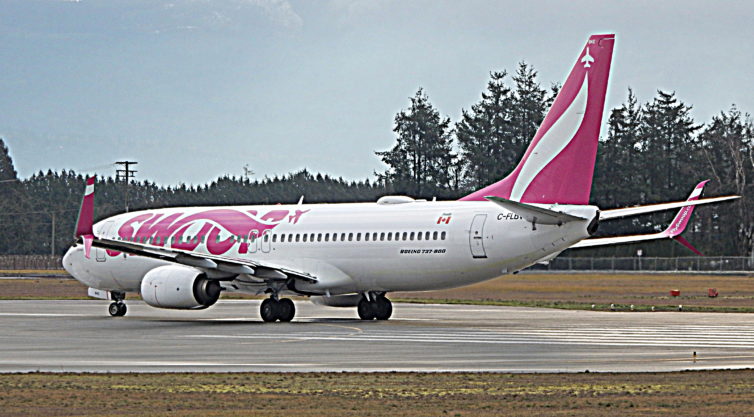
With their new low-cost subsidiary, Swoop, connecting secondary markets, WestJet is able to focus on its joint venture with Delta – Photo: John Jamieson
Some Low-Cost Context
As far as I can remember, Canadians have complained about the cost of domestic air travel. Stuck in an increasingly permanent duopoly, Air Canada and WestJet have been without significant competition for the past 15 years. When JetsGo ceased operations in 2005, the domestic market was handed over to two carriers with little interest in changing the status quo. Moreover, with the ability to control prices and adjust capacity, Canada’s two flag carriers have been able to stifle their competition. Additionally, as a result of the duopoly, the barrier to entry for new market entrants has gone up significantly.
Part of the problem lies in Canada’s geography. With a population smaller than Tokyo spread over an area larger than the United States, it’s no wonder that airlines have struggled to succeed in Canada. While there is considerable traffic between the major urban areas (Vancouver, Calgary, Toronto, and Montreal), there is very little flow between Canada’s smaller cities. This makes profitability a major struggle for new market entrants, especially when the major routes are dominated by Air Canada and WestJet.
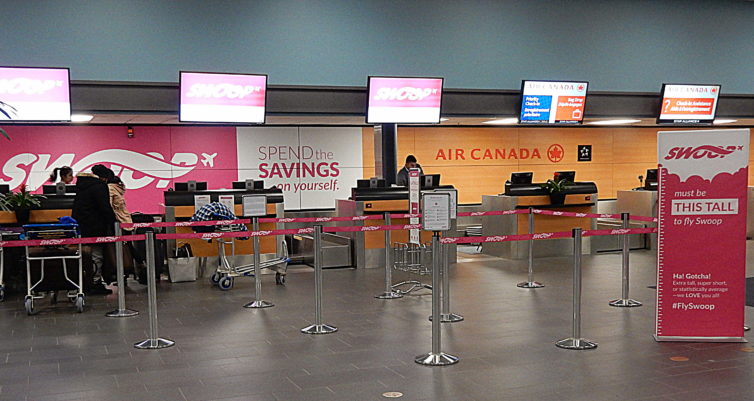
Swoop offers its customers landside check-in; however, many passengers make use of their mobile app – Photo: John Jamieson
Start of the Transition
However, things may be about to change. Three carriers (Rouge, Flair, and Swoop) are currently offering low-fare travel options and a fourth, Canada Jetlines, is on the way. Each with their own identity, the three existing carriers have thus far managed to stay afloat in Canada’s notoriously turbulent market. But for how long? That remains to be seen. With low-cost travel finally taking off, it’s worth taking a closer look at how they’ve managed to attract and maintain business. We’ll be taking a look at their origins, cost structure, and the quirks which have kept them in business and, later in my story, I’ll be including my brief interview with Swoop President Steven Greenway.
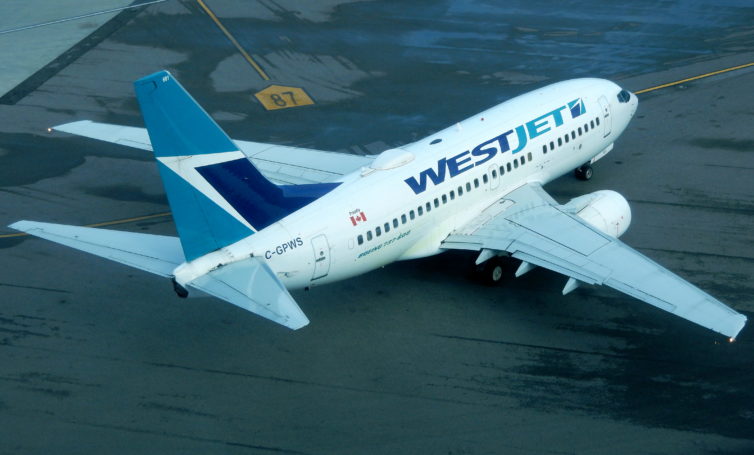
In the midst of a major expansion, WestJet looks to grow its partnership with Delta Air Lines – Photo: John Jamieson
On December 6th, 2017, WestJet and Delta announced they would be expanding their partnership into a cross-border joint venture. The agreement, which should be finalized later this year, signifies WestJet’s arrival on the global stage. Once a Southwest lookalike, WestJet has become a hybrid carrier capable of challenging Air Canada.
Their success may have come at a price. Over the past few years, WestJet increased their operational costs and complexity in pursuing Air Canada. On the heels of their first quarterly loss in 13 years, WestJet is hoping 2019 brings clearer skies. However, with complicated labor contracts to sort out, the airline seems to be heading for more turbulence. Their joint venture with Delta could be the key to regaining some lost momentum.
Before I delve into the complexities of the airlines’ joint venture, it’s worth understanding how far WestJet has come in its 22 years.
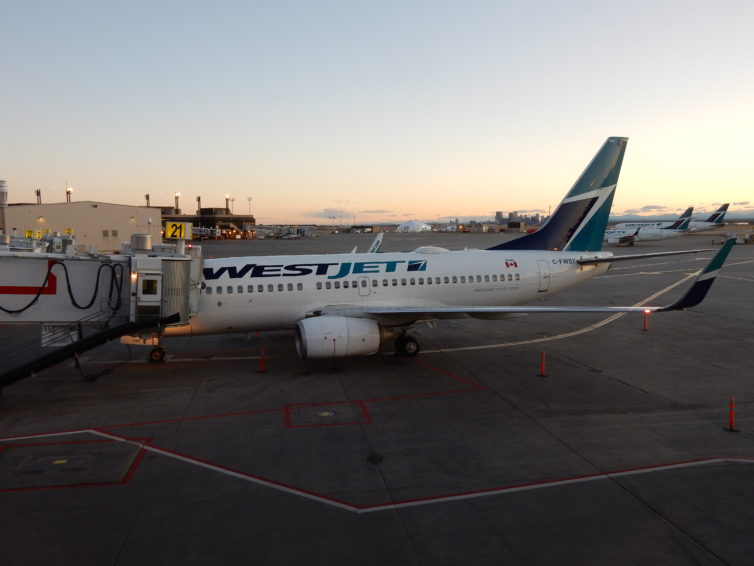
When it’s not freezing cold, Calgary’s pretty amazing in the winter. Photo: John Jamieson
With only a few weeks left in the year, I decided to use my remaining vacation days for a boys’ weekend in Calgary. It had been a rough few weeks at work and was I looking forward to catching up with a few friends from university for a weekend of clubbing, sleeping in, and just being away from Vancouver. Flights in Canada are some of the most expensive in the world and even after deciding to crash on my friend’s couch, I was still on a tight budget. Searching around for flights a couple weeks before my planned vacation, I happened on a $265 round-trip fare from Vancouver to Calgary. For months flights had been floating around $340 return so I immediately jumped on the fare, even if it meant a layover en-route.
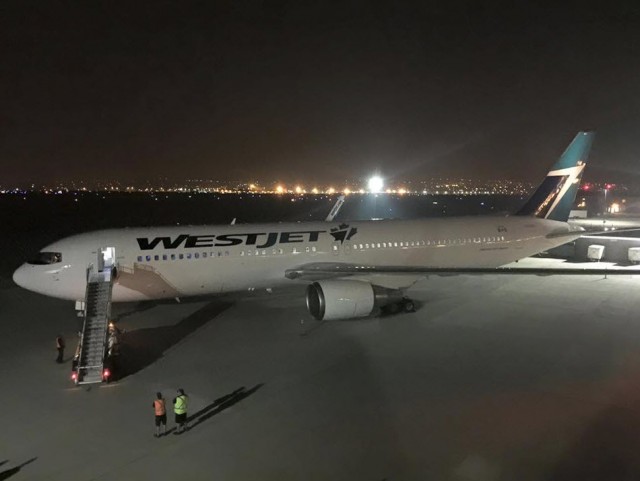
WestJet’s first 767 arrives at YYC – Photo: WestJet
UPDATE: August 27th – Well, it looks like the response to WestJet’s new logo was so overwhelming that the airline has decided to add it to the rest of its aircraft! WestJet’s Robert Palmer says, “The logo shows how proud we are to be a Canadian company and helps us introduce ourselves to new geographies we’ve never served before. Our intent was to use the logo on the 767s only, given the international nature of the routes they will serve as of next spring, but the response has been so positive that we’ve decided to use it across our entire fleet. It will take time, but eventually all WestJet aircraft will sport this proud new logo.’ Although Palmer couldn’t directly point to the positive feedback from our story, he says “We actually tested it [the logo] using focus groups and it was off the charts.”
WestJet Airlines began operations in February of 1996, with a fleet of three 737-200s flying between five cities in Western Canada. Since that time, the carrier has grown to become an international airline, serving over 90 destinations with a fleet of 108 737-600s, -700s, and -800s. In 2013, it launched regional airline WestJet Encore, now with 22 Bombardier Q400s.
The airline hasn’t really changed its teal-and-blue colored livery since its first flights, but has Disney-partnered ’œlogojet’ 737s flying, along with two planes painted with the airline’s custom-designed tartan to celebrate its Halifax, Nova Scotia to Glasgow, Scotland service. And every one of WestJet’s aircraft proudly flies the Canadian flag on the fuselage, near the rear exit doors.
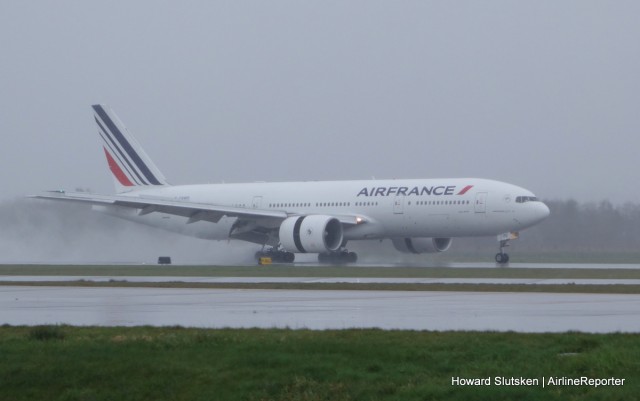
Air France’s inaugural Paris to Vancouver flight touches down on YVR’s Rwy 08L, just after noon on a rainy Sunday
C’est magnifique! Air France’s first flight to Vancouver International Airport (YVR) touched down in a huge spray of water on a soggy Sunday afternoon. The Boeing 777-200ER landed on YVR’s Runway 08L, after a nearly ten-hour flight from Paris ’“ Charles de Gaulle Airport (CDG).
This inaugural flight ran a bit late, arriving at 12:04 PM. The normal schedule has Flight AF374 departing CDG at 10:35 AM, arriving YVR at 11:50 AM, the same day. The return flight, Flight AF379, leaves YVR at 1:55 PM, and arrives CDG at 8:35 AM the following morning.
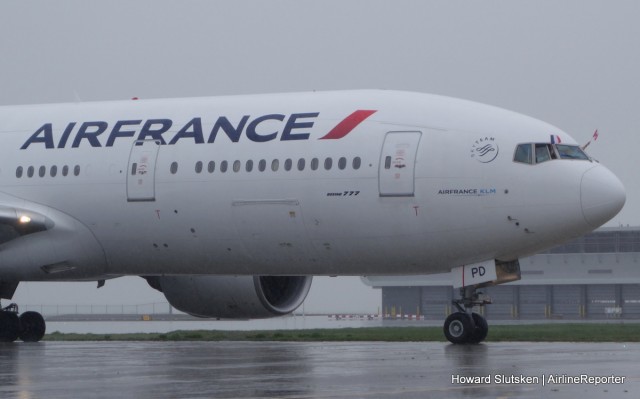
Flags flying from the cockpit, AF374 taxiies to the gate at YVR
After touchdown, the 777 received a special escort by YVR’s emergency services along Taxiway Mike, before having the traditional “new airline water cannon salute” from two fire trucks. Mind you, with the monsoon-like rain, it was tough to see the water arch!
Then, with Canadian and French flags flying from the cockpit windows, AF374 taxiied to Gate 65 at YVR’s International Terminal.






